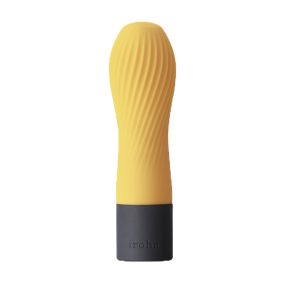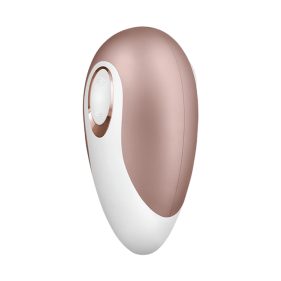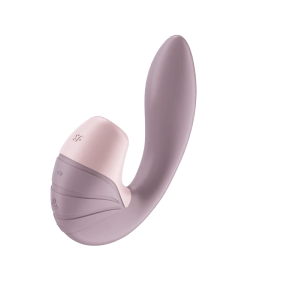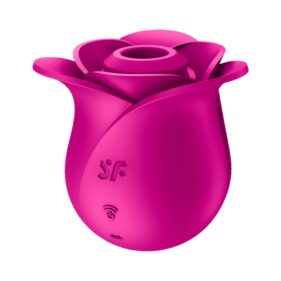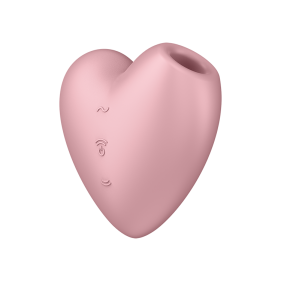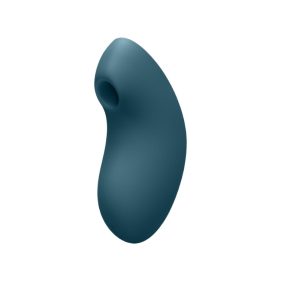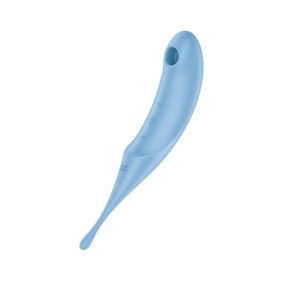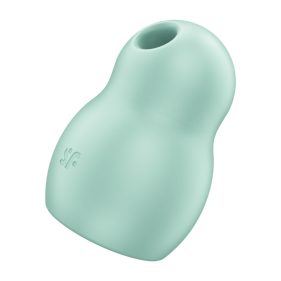
Every March, people worldwide celebrate Women’s History Month, often referred to simply as Women’s Month. Government institutions, brands, and communities unite to honor women’s remarkable achievements, recognize their resilience and contributions, and highlight important issues that still need attention.
But have you ever wondered why March was chosen for this celebration or why Women’s History Month exists in the first place?
If you’re curious about it, we’ve got you covered. In this guide, we’ll delve into the origins of this annual commemoration, exploring its significance in our society and why it’s essential for communities to come together in celebration.
What is Women’s History Month?
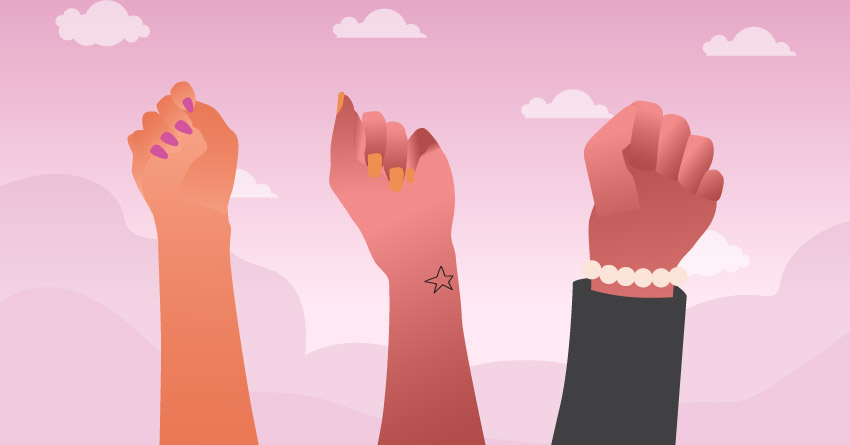
Women’s History Month is an annual celebration where we take a moment to appreciate all the amazing things women have done to shape our world.
From science to politics and everywhere in between, women have made huge contributions that deserve to be celebrated. It’s a time to cheer them on for their resilience, acknowledge their challenges, and remind ourselves why equality matters.
In the Philippines, celebrating Women’s Month is not just a casual affair—it’s backed by legal mandates that underline its significance.
Proclamation No. 224 s. 1988, issued by former President Corazon C. Aquino on March 1, 1988, established the First Week of March as Women’s Week and designated March 8, 1988, and every year after that as Women’s Rights and International Peace Day. This proclamation affirmed the country’s solidarity with the United Nations. It acknowledged Filipino women’s vital role in the struggle for national independence, civil liberties, equality, and human rights.
Building upon this, Proclamation No. 227 s. 1988, signed on March 17, 1988, further reinforced the importance of Women’s Month by declaring March as “Women’s Role in History Month.” This proclamation emphasized the integral role of Filipino women in the social, cultural, economic, and political development of the nation throughout history. It mandated a month-long nationwide observance, complete with appropriate ceremonies and activities to be organized by the Commission.
The commitment to celebrating Women’s Month was solidified with the passage of R.A. 6949 s. 1990, signed into law on April 10, 1990. This act officially declared March 8 every year as a special working holiday, National Women’s Day.
By making this day a special holiday, the law encouraged government and private sector employees to actively participate in activities organized by their respective offices, further fostering awareness and engagement in celebrating women’s contributions and rights.
History
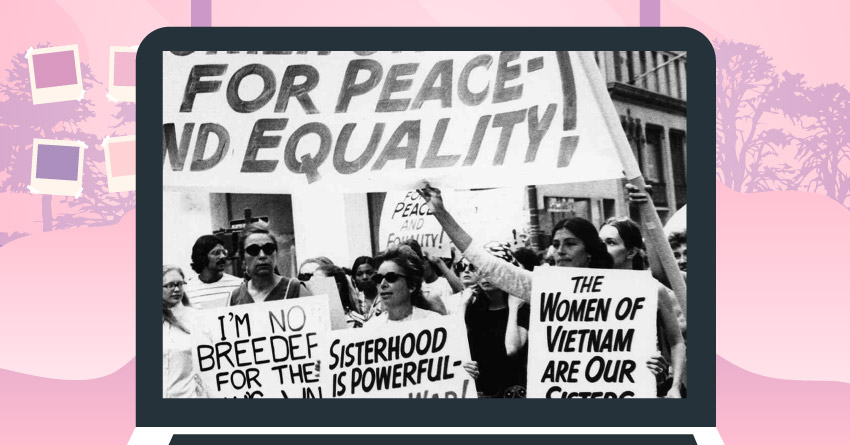
A common misconception about the history of Women’s Month is that it all started with a strike held by New York City’s female garment workers on March 8, 1857—another version says it happened in March 1908. Women across multiple factories banded together to demand better working conditions and the right to vote. Despite facing police harassment, they stood firm, eventually paving the way for forming their own union.
However, historian Françoise Picq‘s research sheds new light on this narrative. She discovered that contemporary newspapers did not report any such strike in 1857. Additionally, the strike was never referenced by the socialist leaders who laid the foundation for International Women’s Day, the precursor to Women’s History Month.
Here’s what really happened.
1910s: International Women’s Day
Women’s History Month didn’t start off as a month-long celebration. It actually sprouted from the seeds of International Women’s Day, which occurred during the Second International Socialist Women’s Conference in 1910.
Led by German activist Clara Zetkin, the goal was to uplift working women in a space separate from mainstream feminist movements. They felt like these movements focused on bourgeois interests and didn’t fully grasp the challenges faced by working-class women.
At this point, there’s no fixed date for International Women’s Day. It wasn’t until 1921 that Clara Zetkin proposed March 8th as the official day to honor the Petrograd Strike of 1917.
Let’s rewind a bit: On February 22nd, 1917, about 100,000 metal workers took to the streets, fed up with low salaries and the skyrocketing cost of goods, to demand higher wages. Their concerns were dismissed. The very next day, which happened to be International Women’s Day, women joined in, demanding equal rights alongside others protesting bread shortages. The crowd ballooned to a whopping 500,000!
When the Tsar ordered troops to crack down, they refused, standing with the protesters instead. By March 2nd, 1917, the Tsar had had enough and abdicated. With his brother declining the throne, the Tsarist regime ended, marking a significant turning point. The strikes concluded two days later, leaving an incredible mark on history.
-
₱1,895.00
-
₱2,695.00
-
₱2,695.00
-
₱3,450.00
1970s to 1980s: Women’s History Week
From its inception in the 1910s until the 1970s, the movement to honor women workers and women in general steadily gained momentum. American feminist groups proposed expanding International Women’s Day into Women’s History Week to spotlight women’s history within school curriculums.
By 1975, the United Nations had formally endorsed the annual celebration of International Women’s Day, further solidifying its global significance.
In 1980, former U.S. President Jimmy Carter took it a step further, designating the first National Women’s History Week, which will be observed during the week that includes March 8th. This move was a significant step in recognizing and honoring the contributions and achievements of women throughout history.
1980s to Present: Women’s History Month
Following former President Jimmy Carter’s recognition of Women’s History Week, the celebration gained further traction and recognition. By 1986, 14 states had officially designated March as Women’s History Month. In 1987, the U.S. Congress took a significant step by establishing Women’s History Month as an annual federally recognized observance.
Today, we continue to celebrate Women’s Month and International Women’s Day, commemorating women’s remarkable achievements and enduring legacy in shaping and strengthening our society.
Why We Celebrate Women’s History Month
Aside from honoring the trailblazing women who have paved the way for greater opportunities and freedoms, Women’s Day is also celebrated for several other reasons:
1Promote Gender Equality

Despite significant advancements, gender disparities persist in various areas, including education, employment, and representation in leadership roles.
Women’s Month serves as a platform to address systemic barriers and advocate for equal opportunities for all genders. It’s a call to action to dismantle stereotypes, challenge gender norms, and work towards creating a more inclusive and equitable society.
-
₱4,045.00
-
₱10,600.00
-
Original price was: ₱4,745.00.₱4,270.50Current price is: ₱4,270.50.
-
₱4,745.00
2Inspire the Next Generation of Women

Women’s History Month also serves as a source of inspiration for the next generation of women. By celebrating the achievements and contributions of women throughout history, we provide role models and empower young girls to pursue their dreams and aspirations. We encourage girls to embrace their unique talents and abilities and strive for excellence in all areas of their lives.
-
₱2,695.00
-
₱2,975.00
-
₱12,645.00
-
₱5,600.00
3Amplify Women’s Voices
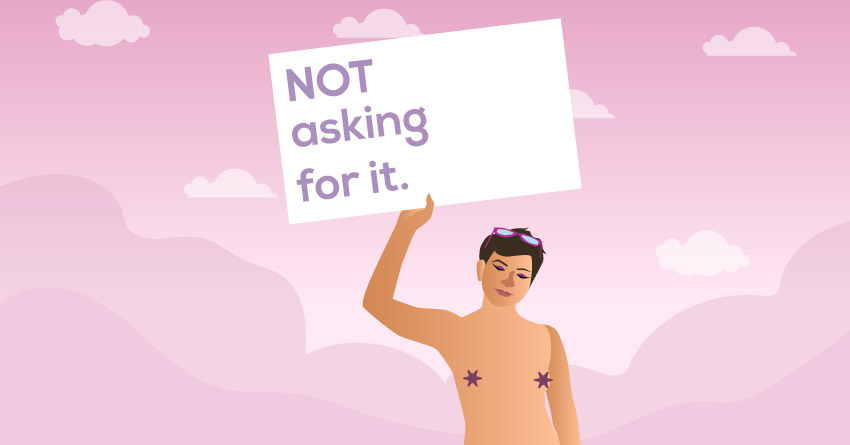
Despite the strides we’ve made to provide more opportunities for women, significant challenges persist today. Issues like menstrual poverty, limited research on female health conditions, violence against women, sexist remarks, and public harassment (like catcalling and groping) continue to impact women’s lives.
Women’s Month serves as a platform to shed light on these pressing issues, hoping to create a better future free from these obstacles. By bringing these challenges to the forefront, we aim to spark conversations, raise awareness, and advocate for meaningful change. Together, we can work towards a future where all women can thrive without facing these injustices.
Ways to Honor Women’s Month
Now that you’ve explored the rich history and significance of Women’s History Month, it’s clear why this annual celebration is so special. As we honor women’s remarkable achievements and contributions throughout history, let’s roll up our sleeves and get involved in this month-long festivity! Below are some fun and meaningful ways to join and pay tribute to Women’s History Month.
1Spread awareness about issues related to Women’s Rights.

Women’s Month is a perfect time to bring awareness to many daily issues women face. From gender inequality and reproductive rights to domestic violence and menstrual poverty, there’s a range of pressing issues that demand attention.
You can take action by engaging in conversations with friends, joining advocacy groups dedicated to spreading awareness, or leveraging your social media platform to share informative content. Whether you share articles, statistics, or personal stories, every contribution helps cultivate a deeper understanding of and support for women’s rights.
-
₱3,395.00
-
₱7,595.00
-
₱3,395.00
-
₱4,045.00
2Contribute to charities supporting women’s causes.

Another great way to celebrate Women’s Month is by backing organizations focusing on women’s issues. Start by looking into trustworthy charities that tackle education, healthcare, economic empowerment, and stopping gender-based violence.
Once you’ve found one that resonates with you, consider donating regularly or offering your time and skills to support their work. Here are a few organizations you might want to check out:
- Likhaan Center for Women’s Health
- We Bleed Red Movement PH
- Women’s Legal and Human Rights Bureau
- Kasuso: Philippine Foundation for Breast Care, Inc.
- LoveYourself Inc.
3Choose women-led businesses for your purchases.

Shopping consciously by supporting women-owned businesses is a simple yet impactful way to empower female entrepreneurs, especially small businesses just starting out. Aside from purchasing their products, it would also be great to leave positive feedback or share their business on social media, given that you’ve liked their product or service.
By consciously directing your purchasing power towards women-owned enterprises, you can help close the gender gap in business ownership and promote economic sustainability for women entrepreneurs.
Here are some women-led businesses that’s worth checking out:
- Lauvette – Founded by Atty. Renz Rollorata
- Tala by Kyla – Founded by Janet Kyla Cañete
- Happy Skin – Founded by Jacqe Yuengtian-Gutierrez and Rissa Mananquil Trillo
-
Original price was: ₱3,995.00.₱3,395.75Current price is: ₱3,395.75.
-
₱3,395.00
-
₱4,995.00
-
₱2,345.00
4Show gratitude to the women who inspire you.

Expressing appreciation and gratitude to the women who have positively impacted your life is a meaningful way to recognize their contributions. Take the time to write heartfelt notes, send thoughtful gifts, or spend quality time with the women who inspire and support you.
5Celebrate your own successes!

Ladies, don’t forget to celebrate your own achievements and successes! Take a moment to reflect on your strengths, resilience, and growth journey, and celebrate the milestones you’ve reached. Treat yourself to a gift, indulge in a meal at your favorite restaurant, or share a simple story on social media about your accomplishments. You deserve to give yourself a pat on the back, too.
Takeaway
As we’ve reached the end of this brief guide, we hope you’ve gained a deeper understanding of why Women’s Month holds such profound importance. It is not merely a time for celebration but also for reflection, education, and advocacy. By recognizing the struggles and triumphs of women past and present, we honor their legacy and pave the way for a more inclusive future.
That said, let’s work together towards creating a world where all individuals are empowered to reach their full potential, regardless of gender.
